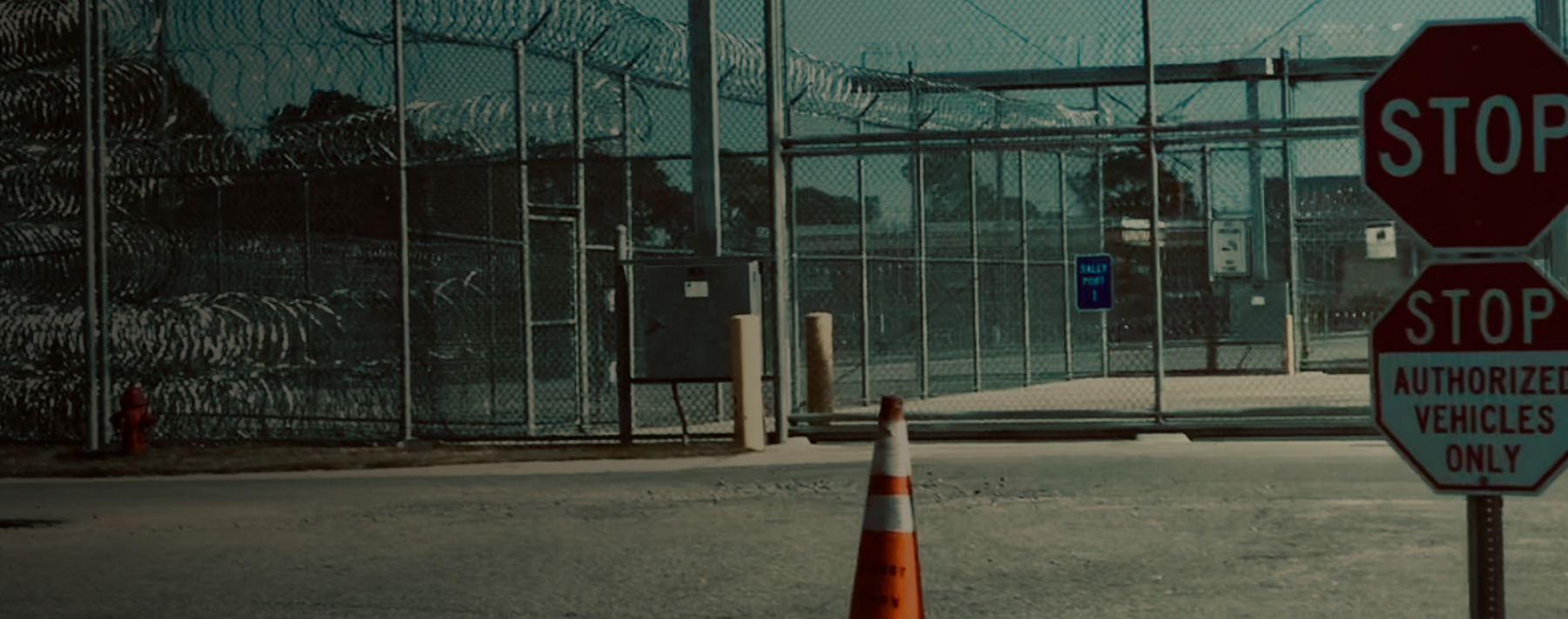State v. Hawkins, 2019 (Ohio 2019)
An officer was completing a traffic stop when the vehicle’s automatic license plate reader alerted the officer that a nearby plate had been read and captured. The officer ran the plate and saw it was registered to a white 2001 GMC SUV. The officer glanced in the rearview mirror and saw the nearby SUV was black. He concluded the traffic stop and began to look for the black SUV.
The officer located the black SUV and initiated a traffic stop, explaining to the driver, Justin Hawkins, that he stopped him because of the vehicle color discrepancy. When the officer asked for Hawkins’ identification, Hawkins said he had none, but gave the officer a Social Security number. The dispatcher was not able to match the Social Security number to Hawkins. The officer asked Hawkins to verify his name, date of birth, and Social Security number. Hawkins gave the officer a different Social Security number, then said he was running low on gas.
The officer directed Hawkins to a gas station and followed him there. En route, the officer learned Hawkins did not have a valid driver license and was the subject of an arrest warrant. The officer initiated a second stop and Hawkins pulled over. When the officer told Hawkins about the arrest warrant, Hawkins sped away at high speed, crashed the SUV and fled on foot. After he was caught, a vehicle inventory produced stolen credit cards in the glove compartment.
The uncertainty of defining reasonable suspicion is a fundamental of Fourth Amendment jurisprudence.
Hawkins challenged the basis for the stop and asked the court to suppress the stolen credit cards. At the suppression hearing, the officer testified, “The discrepancy between the color in the registration and the actual color of the vehicle could indicate that the vehicle and the license plates had been stolen.” The trial court refused to suppress the evidence and Hawkins was convicted of failure to comply with an order or signal of a police officer.
On appeal, Hawkins argued the color discrepancy did not amount to a reasonable, articulable suspicion that would justify a traffic stop. The uncertainty of defining reasonable suspicion is a fundamental of Fourth Amendment jurisprudence. As decided in Ornelas v. United States (517 U.S. 690 (1996)), “Precisely defining ‘reasonable suspicion’ is not possible, and as such, the reasonable-suspicion standard is ‘not readily, or even usefully, reduced to a neat set of legal rules.’”
Cases such as Hawkins’ help shape the contours of what officers know courts will find to be “reasonable suspicion” after the officer has made a quick decision in the field. The court acknowledged the officer’s testimony as helpful in establishing his specialized ability to make the connection between the inconsistency in vehicle color and the possibility he was dealing with a stolen vehicle. The court’s assessment of reasonable suspicion “allows officers to draw on their own experience and specialized training to make inferences from and deductions about the cumulative information available to them that ‘might well elude an untrained person’” (see United States v. Arvizu, 534 U.S. 266 (2002)). Just because the color discrepancy may have an innocent explanation does not mean the discrepancy was not relevant to the assessment of reasonable suspicion.
The Ohio Supreme Court held the officer had reasonable suspicion to stop Hawkins. Officers reporting a detention based upon reasonable suspicion should do as this officer did—connect the dots between training, experience and the facts observed in each case.
This blog was featured in our Xiphos newsletter, a monthly legal-focused law enforcement newsletter authored by Ken Wallentine. Subscriptions are free for public safety officers, educators and public attorneys. Subscribe here!



